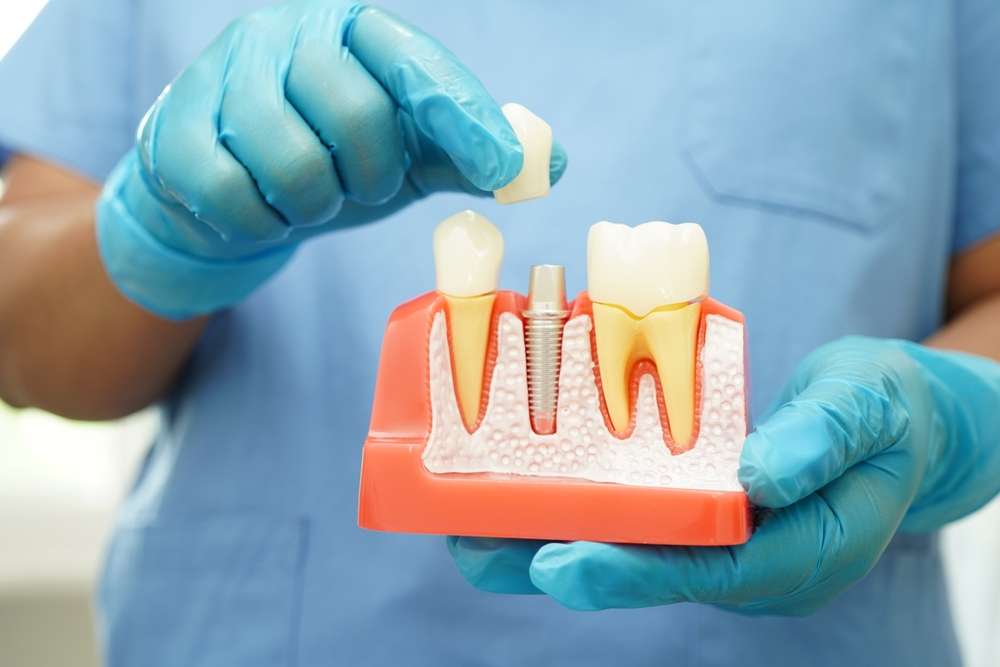Innovations in Dental Implant Technology: Advancing Patient Care
Dental implants have revolutionized the field of restorative dentistry, offering patients a permanent solution for missing teeth that closely mimics natural tooth function and appearance. As dental technology continues to evolve, new approaches to implant design, materials, surgical techniques, and digital integration are transforming patient outcomes. These innovations aim to address traditional challenges like bone loss, lengthy treatment times, and complex surgical procedures while making implant dentistry more accessible to a wider range of patients.

Modern Materials Enhancing Dental Implant Success
The materials used in dental implants have undergone significant refinement in recent years. While titanium has long been the gold standard due to its biocompatibility and osseointegration properties, zirconia implants are emerging as a viable alternative. Zirconia offers aesthetic advantages, particularly for patients with thin gum tissue where metal components might show through. Additionally, advanced surface treatments for titanium implants, including nanoscale texturing and bioactive coatings, are promoting faster and more complete bone integration. These surface modifications can reduce healing time and improve implant stability, particularly beneficial for patients with compromised bone quality or quantity.
Computer-Guided Implant Placement Techniques
Digital planning and guided surgery represent one of the most significant advances in dental implant procedures. Through the integration of cone-beam computed tomography (CBCT) scans with specialized software, practitioners can now plan implant placement with unprecedented precision. This technology allows dentists to create surgical guides that direct implant placement at the exact angle and depth required for optimal results. The benefits include reduced surgical time, minimally invasive procedures, and more predictable outcomes. Computer-guided techniques also enable “flapless” surgeries in many cases, where implants can be placed without cutting and folding back the gum tissue, resulting in less post-operative discomfort and faster healing.
Accelerated Treatment Protocols and Immediate Loading
Traditional dental implant protocols required months of healing between tooth extraction, implant placement, and final restoration. Modern approaches have challenged this timeline, with immediate loading protocols allowing provisional restorations to be placed on implants the same day as surgery in carefully selected cases. Techniques like immediate placement (inserting the implant immediately after tooth extraction) and immediate provisionalization (attaching a temporary crown at the time of implant placement) can significantly reduce treatment duration from months to days. These protocols not only increase patient satisfaction by minimizing time without teeth but can also help preserve bone and soft tissue architecture for more aesthetic outcomes.
Minimally Invasive Implant Solutions
The trend toward less invasive dental procedures has significantly influenced implant dentistry. Mini dental implants, with diameters smaller than traditional implants (typically 2-3.5mm versus 3.75-5mm), can be placed with simpler surgical protocols, often without extensive flap procedures or grafting. These narrower implants require less bone volume, making them suitable for patients who might otherwise need bone augmentation procedures. Similarly, short implants (6-8mm in length) provide alternatives for patients with limited vertical bone height, potentially avoiding extensive sinus lift or vertical augmentation procedures that add complexity, cost, and recovery time to treatment.
Advanced Bone Regeneration Techniques
Despite innovations in implant design and placement, adequate bone volume remains essential for long-term implant success. Recent advances in bone regeneration materials and techniques are making grafting procedures more predictable. Growth factors derived from the patient’s blood, such as platelet-rich fibrin (PRF) and platelet-rich plasma (PRP), can accelerate healing and enhance graft integration. Recombinant bone morphogenetic proteins (BMPs) and synthetic bone substitutes with improved properties are providing alternatives to traditional autogenous bone harvesting. Additionally, techniques like ridge splitting and ridge expansion allow for simultaneous bone augmentation and implant placement in specific situations, streamlining the treatment process.
Digital Workflow Integration in Implant Dentistry
The digital revolution has transformed the entire dental implant workflow from diagnosis to final restoration. Digital impressions captured with intraoral scanners eliminate the need for conventional impression materials, improving patient comfort and impression accuracy. These digital files seamlessly integrate with computer-aided design and manufacturing (CAD/CAM) systems for creating custom abutments and restorations. The result is a more efficient process with improved communication between the surgical and restorative teams. Digital workflows also facilitate the fabrication of immediate provisional restorations, supporting protocols like “teeth-in-a-day” where patients receive fixed provisional restorations immediately after implant placement.
This article is for informational purposes only and should not be considered medical advice. Please consult a qualified healthcare professional for personalized guidance and treatment.



